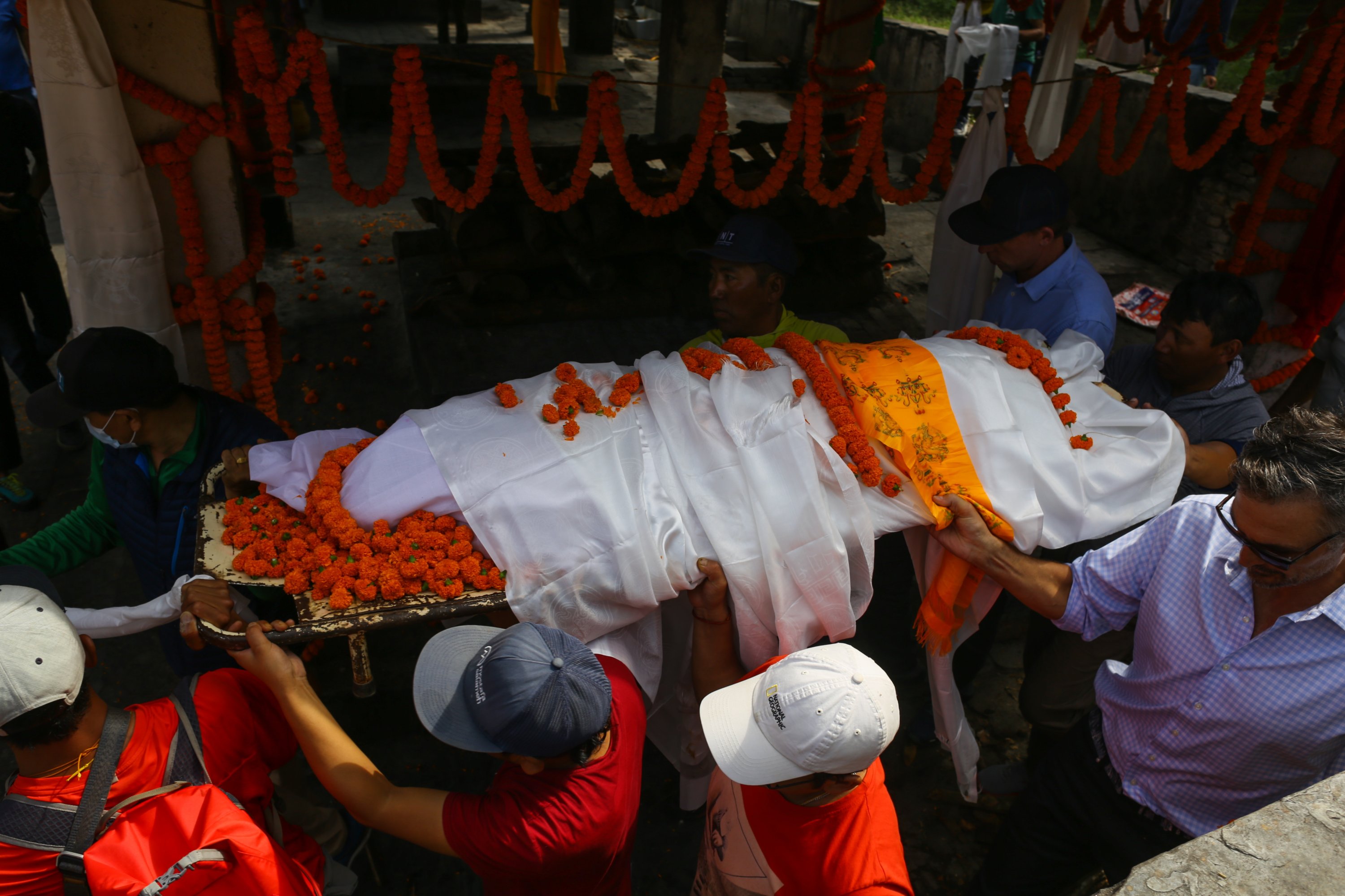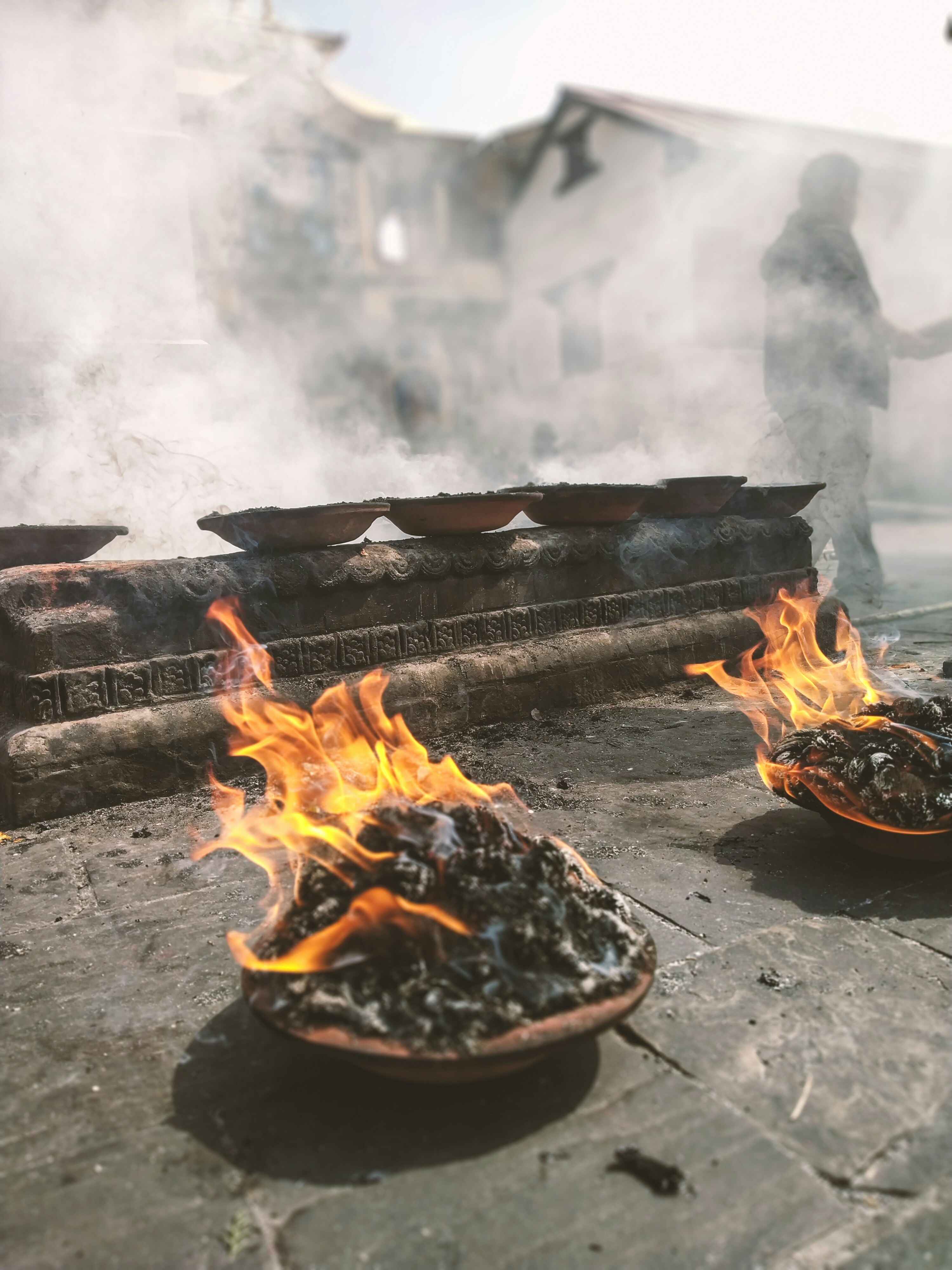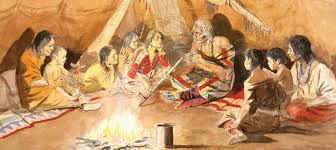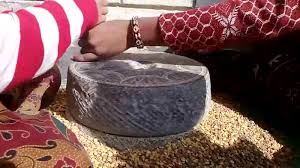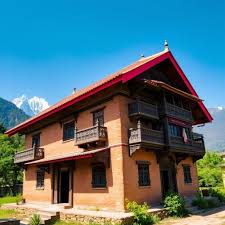Share this Article
The Chulo (चुलो) is a traditional Nepali cooking stove that holds deep cultural, social, and environmental significance in Nepalese households, especially in rural areas. It serves not only as a cooking appliance but also as a central element in family life and community rituals
What Is a Chulo?
A Chulo is a simple, earthen or mud stove used for cooking food over an open flame. Typically constructed from clay, mud, and stones, it is fueled by wood or dried animal dung. The design often includes a raised platform to facilitate cooking while seated on the floor, a common practice in Nepali kitchens. This stove is prevalent in rural households and is also used in some urban settings for its unique flavor-enhancing qualities
Cultural and Social Importance
In many Nepali homes, the Chulo is more than just a cooking tool; it is a symbol of warmth, family bonding, and tradition. The kitchen, centered around the Chulo, is often considered a sacred space. In rural areas, it is customary for certain individuals, such as children or menstruating women, to avoid stepping near the Chulo, reflecting its spiritual and cultural significance The act of cooking on a Chulo brings family members together, fostering a sense of community and shared responsibility. It also plays a role in various rituals and festivals, where food prepared on a Chulo is offered to deities and ancestors as part of religious ceremonies.
Culinary Role
Cooking on a Chulo imparts a distinct smoky flavor to the food, which is highly valued in Nepali cuisine. The slow-cooked meals retain their natural flavors and nutrients, contributing to the rich culinary heritage of Nepal. Common dishes prepared on a Chulo include rice, lentils, vegetable curries, and traditional porridges like dheedo, especially in the hilly and mountainous regions .
Environmental Considerations
While the Chulo is an integral part of Nepali culture, it poses several environmental and health challenges. The traditional Chulo is inefficient, with thermal efficiency as low as 15%, leading to prolonged cooking times and excessive fuel consumption. This inefficiency contributes to deforestation and environmental degradation .
Moreover, the smoke produced by the Chulo can cause respiratory issues and eye problems, particularly for women and children who spend extended periods near the stove. The lack of proper ventilation in many households exacerbates these health risks.
Innovations and Improvements
Recognizing the challenges associated with traditional Chulos, several organizations have introduced improved cooking stoves (ICS) to mitigate health and environmental impacts. For instance, Swostha Chulo Nepal aims to build as many ICS as possible in rural households to support living standards and improve health by reducing indoor air pollution These improved stoves are designed to be more fuel-efficient, producing less smoke and requiring less firewood. They also incorporate safety features to prevent burn injuries, which are common with traditional open-fire cooking methods. The adoption of ICS contributes to the national goal of a "smoke-free Nepal" and supports environmental sustainability.
Modern Adaptations and Cultural Preservation
Despite the challenges, the Chulo remains a cherished part of Nepali culture. In urban areas, some restaurants and cultural centers have embraced the Chulo to offer an authentic dining experience. For example, Nepali Chulo in Kathmandu serves traditional Nepali and Newari food prepared on a Chulo, accompanied by cultural performances, allowing guests to experience the rich heritage of Nepalese cuisine .
This resurgence not only preserves culinary traditions but also educates younger generations about their cultural roots. It fosters a deeper appreciation for sustainable cooking practices and the importance of maintaining cultural identity in a rapidly modernizing world.
Traditional Shapes of Chulo
- Three-Stone Stove (Tin Dhunge Chulo)
This is one of the oldest and simplest forms of a Chulo, constructed by arranging three stones in a triangular shape to support cooking pots over an open flame. It's commonly used outdoors for cooking food for livestock or during special occasions.
- Single-Hole Stove (Ek Mukhe Chulo)
A more structured version, this stove features a single combustion chamber and is typically built from mud or clay. It's designed for household cooking, providing a stable base for pots and better heat retention.
- Two-Hole Stove (Dui Mukhe Chulo)
Similar to the single-hole stove but with two separate combustion chambers, allowing for cooking multiple dishes simultaneously. This design is efficient for larger families or communal cooking settings.
- Improved Mud Stove (Unnat Chulo)
Developed to enhance fuel efficiency and reduce smoke, these stoves incorporate features like flue tunnels and baffles. They are constructed using a sand/clay mixture and are designed to be low to the ground, aligning with Nepali cooking customs.
- Rocket Stove (Raket Chulo)
A modern adaptation, the rocket stove uses a metal body and is based on the rocket combustion principle. It offers higher efficiency and reduced emissions, making it suitable for both rural and semi-urban areas.
Benefits of chulo
Health & Safety Benefits
- Reduces Indoor Air Pollution: Modern chulos incorporate improved combustion techniques and chimneys, significantly decreasing smoke exposure, which lowers risks of respiratory diseases, eye irritation, and other health issues associated with traditional cooking methods.
- Enhances Safety: By containing smoke and reducing open flames, improved chulos lower the risk of indoor fires and burns.
Environmental & Economic Benefits
- Conserves Fuel: ICS models consume up to 60% less firewood compared to traditional stoves, contributing to forest conservation and reducing household fuel costs.
- Decreases Emissions: Efficient combustion reduces black carbon emissions, mitigating air pollution and its associated environmental impacts.
Social & Cultural Benefits
- Empowers Women: By reducing smoke and cooking time, improved chulos alleviate the physical strain on women and children, enabling them to engage in other productive activities.
- Preserves Culinary Traditions: Cooking with chulos imparts a unique flavor to food, maintaining cultural culinary practices and enhancing taste.
Conclusion
The journey of the Nepali Chulo from a traditional mud stove to a modern Improved Cooking Stove reflects Nepal's commitment to preserving cultural heritage while embracing sustainable development. The ICS not only honors the past but also paves the way for a healthier, more sustainable future for rural communities.
Categories:
Traditional Tools and Utensils
Tags:
chulo


